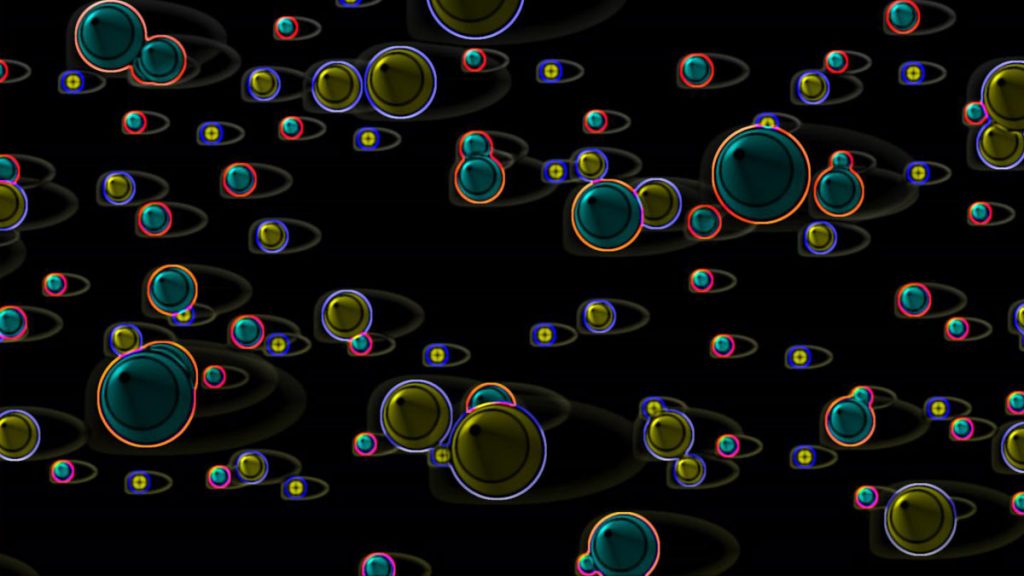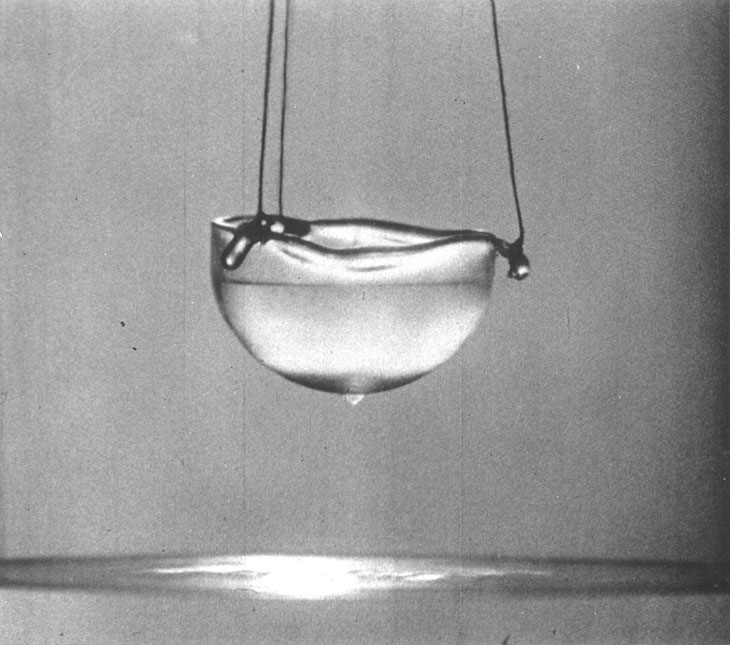
Physicists at Lancaster University within the UK not too long ago discovered why the velocity of objects shifting in superfluid helium-3 is unrestricted. Explanations.
Some unusual particles
Possessing one neutron much less, thehelium 3 is a uncommon isotope of helium which has the particularity of changing into superfluid at extraordinarily low temperatures. A quantum state of matter that offers it uncommon properties, such because the absence of friction for shifting objects.
While researchers initially estimated that the velocity of objects shifting in superfluid helium-3 was essentially restricted, and that exceeding Landau’s important velocity would lead to ” destruction »Superfluid, experiments carried out atLancaster University had proven that this was not a tough rule and that objects might transfer at a lot greater speeds with out destroying this fragile state.
As a part of new work not too long ago introduced within the journal Nature Communications, researchers from the British college have lastly recognized the rationale for the absence of a velocity restrict: unique particles adhering to all surfaces immersed within the superfluid. According to them, many technological functions exploiting these unusual particles could be potential, specifically within the discipline of quantum computing.

“Superfluid helium 3 is sort of a vacuum when a rod passes by way of it”
In order for the sure particles to be seen, the researchers cooled the superfluid helium-3 to inside a ten-thousandth of a level from absolute zero (0.0001K or -273.15 ° C). They then moved a rod by way of the superfluid at excessive velocity, and measured the drive required to make such a motion. With the exception of a tiny resistance associated to the motion of the sure particles when the rod began to maneuver, this resistance was zero.
” Although it’s a comparatively dense liquid, superfluid helium-3 is sort of a vacuum when a rod passes by way of it. », The Dr Samul Autti, lead creator of the examine. ” There is completely no resistance, which could be very intriguing. “
” By various the route of motion utilized to the rod, we had been in a position to conclude that the latter was remoted from the superfluid by the sure particles overlaying it, even when the velocity was very excessive. », Adds Ash jennings, co-author of the examine. ” Bound particles should initially transfer to attain this, which places a tiny pressure on the rod, however as soon as that’s executed, it disappears utterly. », Concludes Dmitry Zmeev, who oversaw the analysis.
